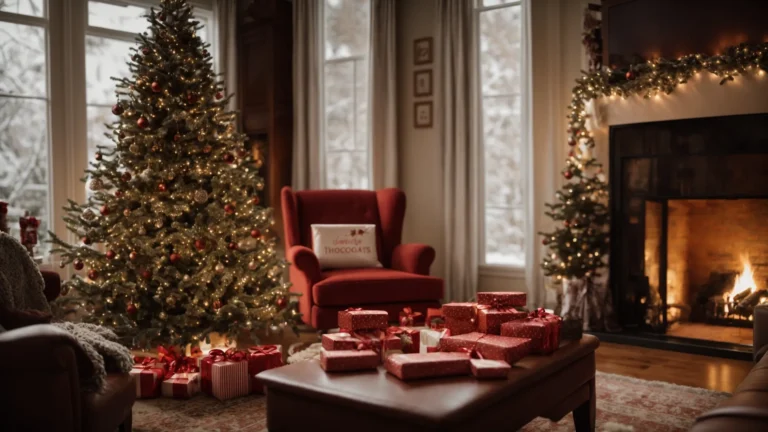When you’re standing in your backyard during one of Boise’s infamous temperature swings—maybe it’s 95°F today and will drop to 30°F next week—you start thinking about what really survives Idaho’s wild weather. Your fence needs to handle everything from scorching summer heat to those brutal winter storms that dump two feet of snow overnight.
Privacy fence installation in Boise ID becomes a whole different game when you’re dealing with Idaho’s climate extremes. Let’s be honest: not all fence materials are created equal, especially when Mother Nature throws her worst at them.
Why Idaho Weather Makes Fence Material Choice So Critical
Idaho homeowners know the drill. Summer brings blazing heat that can warp and crack inferior materials. Winter delivers freezing temperatures, heavy snow loads, and those freeze-thaw cycles that destroy anything not built to last. Then there’s the moisture factor—some parts of the valley get decent rainfall, while others stay bone dry.
Your fence material needs to handle all of this without falling apart, warping, or looking like garbage after a few seasons. That’s where the real contenders separate themselves from the pretenders.
The Four Main Players for Idaho Privacy Fences
- Cedar stands out as the natural choice for Idaho conditions. This wood contains natural oils that fight off insects, moisture, and rot without any chemical treatments. It handles temperature swings like a champ, staying stable when other materials would warp or crack.
- Pressure-treated pine offers budget-friendly strength, especially for fence posts. The chemical treatment helps it resist rot and insects, but it needs more maintenance than cedar and doesn’t look as good above ground.
- Vinyl brings low maintenance to the table. It resists moisture, pests, and UV damage, but here’s the catch—it can get brittle during Idaho’s coldest snaps.
- Composite materials blend wood fibers with plastic for enhanced durability. They resist moisture and temperature changes better than pure wood, though they come with a higher price tag.
Why Cedar Dominates in Idaho Conditions
Cedar’s secret weapon? Those natural oils make it practically bulletproof against Idaho’s weather challenges. While other woods need chemical treatments to survive, cedar comes pre-equipped with its own defense system.
The temperature stability really shines here. When Boise goes from summer heat to winter freeze, cedar barely budges. Other materials expand, contract, warp, and crack—cedar just keeps doing its job.
Rain and snow don’t faze cedar either. Its natural resistance to moisture means it won’t rot or develop that fuzzy, deteriorated texture that plagues other wood types. Even during those wet spring months when everything else is falling apart, cedar fences keep looking solid.
Here’s something most people don’t realize: cedar actually gets better with age in some ways. That rich reddish-brown color naturally weathers to an attractive silvery-gray if you let it. Some homeowners prefer this weathered look—it’s like getting a whole new fence appearance without replacing anything.
How the Competition Stacks Up
Pine works great for fence posts because of its soil resistance, but above ground? It struggles. The chemical treatments help, but pine still needs regular sealing and maintenance to prevent rot and insect damage. Many smart installers actually combine pine posts with cedar panels to get the best of both worlds.
Vinyl sounds appealing with its low-maintenance promise, and it delivers on that front. Just hose it down occasionally, and you’re done. But Idaho’s extreme cold can make vinyl brittle and prone to cracking. When temperatures drop below zero for extended periods, vinyl fences sometimes develop stress cracks that compromise their integrity.
Composite materials perform well in Idaho’s climate, resisting both moisture and temperature fluctuations. They’re essentially maintenance-free and won’t rot, crack, or attract insects. The downside? They’re expensive upfront and some people think they look artificial compared to real wood.
The Maintenance Reality Check
Let’s talk straight about upkeep. Cedar isn’t maintenance-free, but it’s pretty close. Annual cleaning with soap and water keeps it looking good. If you want to maintain that rich natural color, apply a clear sealer every two to three years1. Skip the sealer and let it weather naturally—both approaches work fine.
Pine demands more attention. Regular sealing, annual inspections for rot or insect damage, and occasional board replacement keep pine fences functional. It’s not terrible, but it’s definitely more work than cedar.
Vinyl and composite? Practically zero maintenance beyond occasional washing. No sealing, no staining, no worrying about rot or insects.
Real-World Performance in Idaho
Talk to any fence installer who’s been working in the Boise area for a decade or more, and they’ll tell you the same thing: cedar fences consistently outlast everything else. Fence contractors like Equinox Fence see cedar installations from 15-20 years ago that still look solid, while pine fences from the same era often need significant repairs or replacement.
The natural insect resistance really matters here. Cedar’s oils repel the bugs that love to munch on other wood types. During those humid summer evenings when insects are everywhere, cedar fences aren’t providing them with a free meal.
Why Cedar Wins the Idaho Weather Battle
When you factor in longevity, appearance, and performance in Idaho’s challenging climate, cedar comes out ahead. Yes, it costs more upfront than pine, but it lasts 20-25 years with basic maintenance. That’s often double the lifespan of cheaper alternatives.
The natural weather resistance means fewer headaches for homeowners. No constant sealing schedules, no worrying about chemical treatments leaching into your soil, no replacing rotted boards every few years.
Cedar handles Idaho’s weather extremes because it evolved to handle harsh conditions. Those natural oils and stable grain structure aren’t marketing gimmicks—they’re real advantages that show up year after year in your backyard.
For Idaho homeowners who want a privacy fence that looks good and lasts through whatever weather gets thrown at it, cedar remains the smart choice. It’s not the cheapest option, but it’s the one that’ll still be standing strong when cheaper materials have given up the fight.



